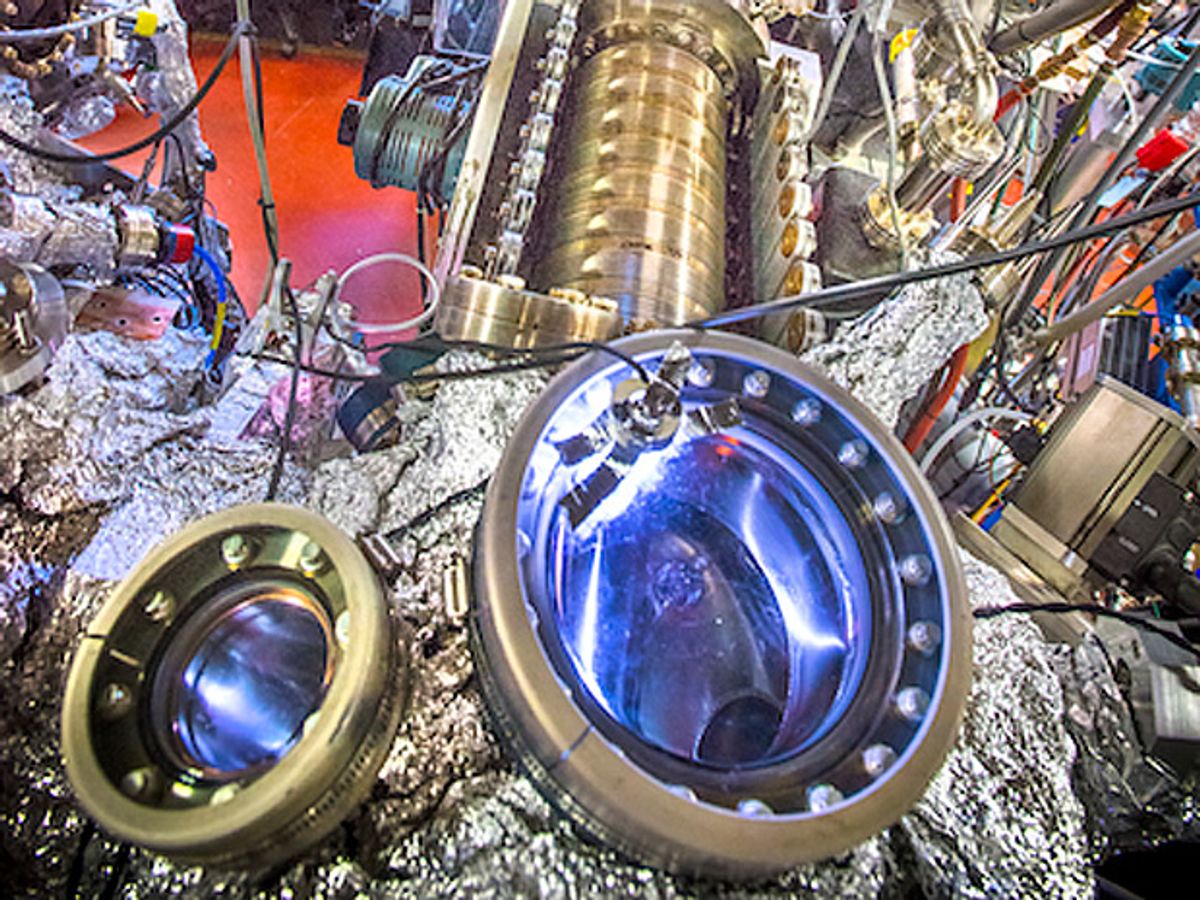While many believe that the key to producing the next generation of chips lies in developing better manufacturing techniques for nanomaterials rather than just creating new nanomaterials, there are others who simply can’t resist the temptation of producing theoretical materials in the real world.
Until 10 years ago, graphene was one of those theoretical materials that had never actually been produced. Now that graphene has been here in the real world with us for a decade it seems there are those who want to move on to spending another decade measuring and characterizing a completely new material that mimics graphene.
One material that has intrigued theorists for the last few years is something called a three-dimensional (3-D) topological Dirac semimetal. Graphene itself is a Dirac semimetal in that at low energies its "electrons are effectively relativistic but with a velocity about 300 times smaller than the velocity of light." But graphene is two-dimensional. A 3D version of this class of materials was believed to have many of the intriguing electronic characteristics of graphene, like high electron mobility, but with it being in three dimensions it could potentially eliminate at least some of the tricky aspects of working with a material that only has two dimensions.
Now a research team from Stanford Linear Accelerator Center (SLAC) and Lawrence Berkeley National Laboratory has produced one of these 3-D topological Dirac semimetals.
In research published in the journal Science Express (“Discovery of a Three-Dimensional Topological Dirac Semimetal, Na3Bi”), the research team investigated the potential of a sodium-bismuth compound, Na3Bi. This compound had been predicted to be one of these Dirac semimetals, and their research confirmed that it in fact did live up to its predictions.
Of course, calling this “a discovery” is a bit misleading since this material was first produced a long time ago. However, the technology did not exist at that time to measure the material's electronic structure. Still, even now that its electronic structure has been measured Na3Bi is no more usable than it had been when it was first stumbled upon. The researchers concede that the compound is too unstable for it to be used in electronic devices.
Nonetheless, the measurements that were taken seem to indicate that it has some of the attractive electronic properties of graphene. The real trick at this point will be to see if a more stable compound of semimetal can be produced. If this material is to have any impact, it looks like overcoming manufacturability issues will be the trick—just as it was with graphene. The researchers embark on further work to determine ways to produce the compound so that it’s more stable,
Joel E. Moore, a condensed matter physicist at the University of California-Berkeley and Berkeley Lab , was quoted in the press release about the research asking “whether these 3-D semimetals will support as many interesting phenomena as graphene does.” (Moore is described a different class of super-strange materials topological insulators in the June 2011 issue of IEEE Spectrum.)
So, at present the new materials can’t be produced in a stable compound and there’s still some question as to whether it really does fully mimic graphene. But Moore believes that it could serve as a starting point for other states of matter, thereby leading to an onslaught of new examples that as Moore says, “should lead to a broader consideration by theorists of what interesting physics this class of materials might enable.”
Based on that assessment, it’s fair to say that if graphene actually does have commercial potential in a range of applications, it won’t be facing stiff competition in any of them from 3-D topological Dirac semimetals any time in the near future.
Dexter Johnson is a contributing editor at IEEE Spectrum, with a focus on nanotechnology.



